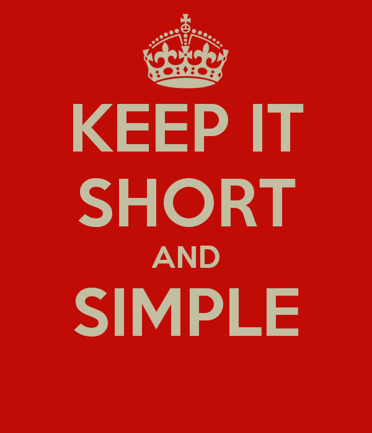Customer-centric survey design starts with thinking what the customer wants
There are multiple purposes and desired outcomes to run surveys with your B2B or B2C clients. However as Customer Experience Experts at Asia PMO, we see and receive a lot of surveys from major brands and services which mainly focus on what these companies need, in terms of data and feedback, rather than listening to the customer.
1. Connecting & Listening to the Customer
Besides collecting your data required, one of the main reasons to run surveys should be to listen to customers and to connect (or re-connect) to your client base. That could mean that you focus your survey audience on clients who are really interested in that topic, or in case you want to survey a random sample of clients, you should give them open feedback options.
2. Ask yourself what do Customer want from the Survey
From a customer experience point of view, surveying is just another communication touchpoint you have with the client and you should make sure to address your clients' needs and to avoid creating a bad survey experience, which could reflect on your company image, services or products.
Customers want it simple and understandable:
Try to be as short and precise in the design of your questions and in the overall design of your survey
Try to avoid any terms or complicated grid formats which confuses customers
Do not use more than 50% "mandatory" questions so that the customer has a choice and can finish the survey on his / her on will, if you are not sure, just test it.
Customer want it relevant and that you know them:
Avoid asking questions which do not fit to every customer journey (e.g. How was the seating area / restroom for drive thru customer, etc.)
Do not ask customer data from existing customer or details on their last journey step which you should know if you have a good CRM (e.g. what was your last flight with us / when did you receive the product, etc.)
3. Can you do more than just thanking customers for the feedback?
Like in any feedback cycle, the opinion of the customer should lead to actions or improvements, however most companies do not show any survey or action results to customers. That, in turn, can lead to disengaged customers and less people are willing to take your surveys as they do not see any outcome.
4. Design your survey from a customer point of view
Before jumping in technicalities or specifics about your product or services, ask customers generally about their buying behavior, market experiences and then funnel it down to your data needs. Normally companies ask customers for "Moments of Truths" they are interested in (e.g. check-out or purchase on E-commerce) but you should consider which parts of the customer journey are important for your clients (e.g. delivery & product experience) rather than just what you want to improve.
5. Let the customer know what is the purpose of the survey?
Ideally inform the customer at the beginning of the survey, why you are asking him / her to support you with feedback and what will you do with his / her feedback (e.g. you just want to collect ratings for further contact in case of any issue or do you want in-depth answers on the customer experience). It would be also great to let the customer know why you choose him / her to answer.
The most important at the end, is to be honest with the survey timing in your invitation, there is nothing worse than being stuck in a 30 question mandatory survey which was announced to take 5 minutes. It could reflect highly on your credibility.
For further advices and consulting how to design customer-centric communication, services and products, please feel free to contact us on carsten@asiapmo.com.









Comments